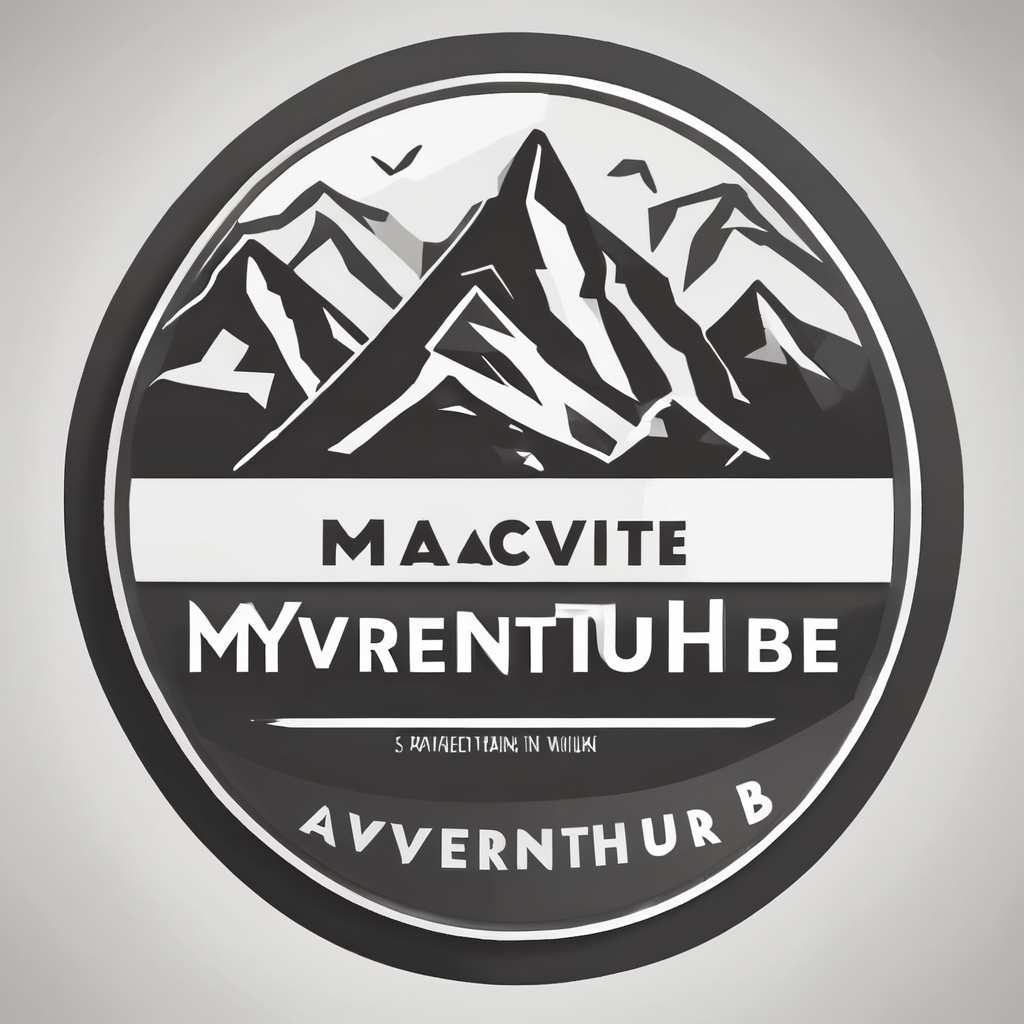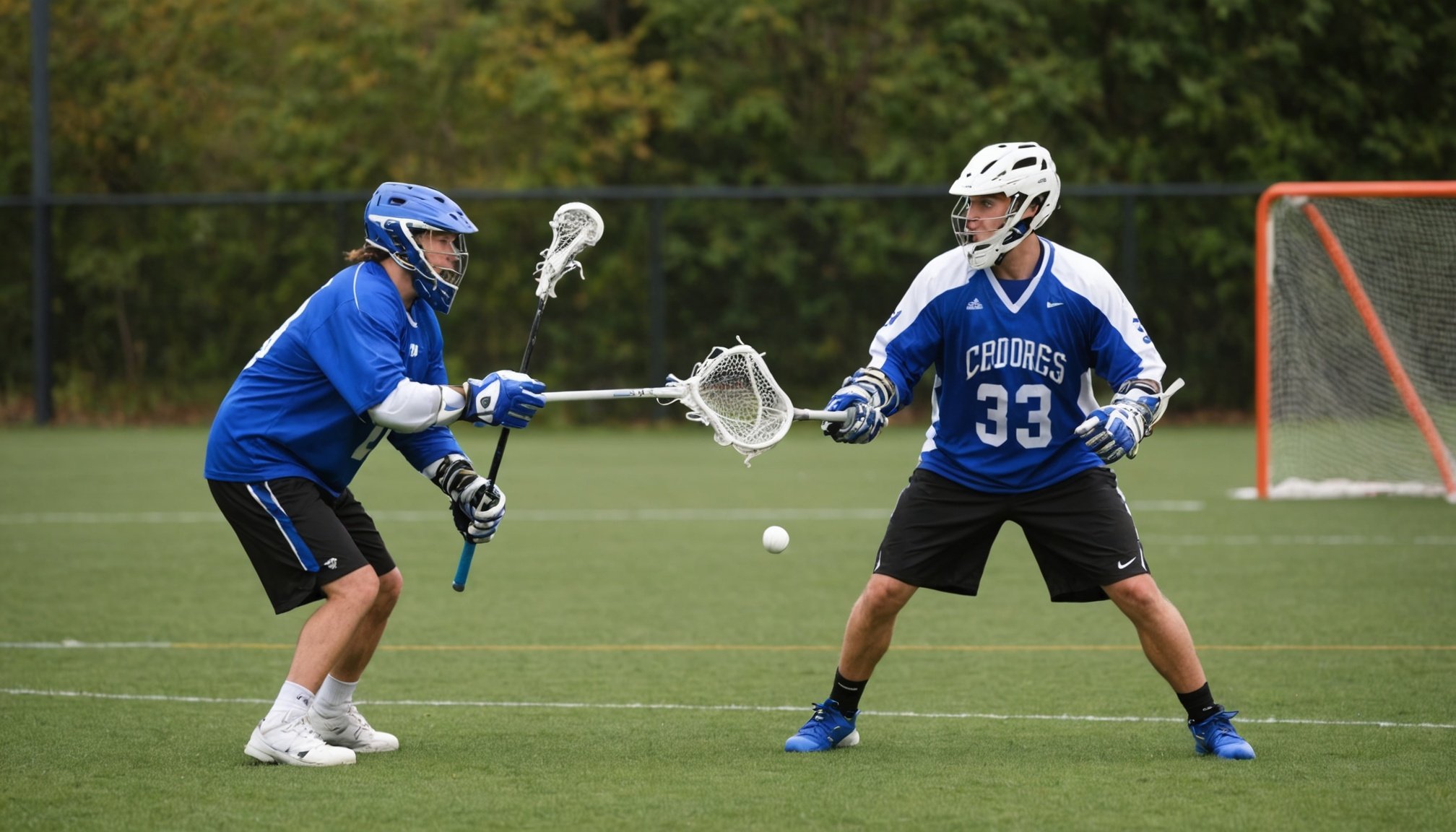Top Strategies for UK Lacrosse Coaches to Boost Goalie Reflexes Effectively
Understanding the Role of the Lacrosse Goalie
In the fast-paced and physically demanding game of lacrosse, the goalie, or goalkeeper, plays a crucial role in the team’s defense. The lacrosse goalie is responsible for protecting the goal and making saves to prevent the opposing team from scoring. To excel in this position, goalies need a combination of physical skills, mental toughness, and strategic training. Here, we will delve into the top strategies that UK lacrosse coaches can use to enhance their goalies’ reflexes and overall performance.
Building Physical Reflexes
Physical reflexes are the foundation of a lacrosse goalie’s success. Here are some key strategies to improve these reflexes:
Also to discover : Unlocking Endurance: Essential Nutrition Tips for UK Long-Distance Swimmers
Goalie Drills
-
Wall Ball Drills: One of the most effective ways to improve hand-eye coordination and reaction time is through wall ball drills. Coaches can set up a series of drills where the goalie must catch, throw, and deflect balls against a wall. This repetitive motion helps in developing muscle memory and quick reflexes.
-
Example Drill: Have the goalie stand 5-7 yards away from the wall and throw the ball against it. The goalie must then catch the rebounding ball and immediately throw it back against the wall. Repeat this process for 10-15 minutes, focusing on different angles and speeds.
Additional reading : Crafting Personalized Plant-Based Diets: Essential Strategies for UK Sports Nutritionists Working with Vegan Athletes
-
Shooting Drills: Coaches should organize shooting drills where players take shots from various distances and angles. This helps the goalie in anticipating and reacting to different types of shots.
-
Example Drill: Set up a series of shooting stations around the goal. Players take turns shooting from each station while the goalie practices making saves. Rotate the players and adjust the shooting angles to simulate game-like scenarios.
-
Diving and Drag Flicks: Lacrosse goalies often need to dive or use drag flicks to make saves. Coaches should incorporate drills that practice these movements.
-
Example Drill: Have the goalie practice diving to their left and right, focusing on landing safely and quickly getting back into the ready stance. For drag flicks, use a stick or a specialized drag flicker to simulate the motion of a ball coming in low and fast.
| Drill Type | Description | Benefits |
|
|-----------------------------------------------------------------------------|
|
| Wall Ball Drills | Catch, throw, and deflect balls against a wall. | Improves hand-eye coordination and reaction time. |
| Shooting Drills | Players take shots from various distances and angles. | Enhances anticipation and reaction to different types of shots. |
| Diving Drills | Practice diving to left and right, focusing on safe landing and recovery. | Improves agility and ability to make saves in diving positions. |
| Drag Flick Drills | Use a stick or drag flicker to simulate low and fast shots. | Enhances ability to handle drag flicks and low shots effectively. |
Mental Toughness and Preparation
Mental toughness is as crucial as physical reflexes for a lacrosse goalie. Here are some strategies to enhance mental preparation:
Mental Health and Focus
-
Pre-Game Routine: Establishing a consistent pre-game routine can help goalies focus and prepare mentally. This could include visualization exercises, breathing techniques, or a specific warm-up routine.
-
Example: Encourage the goalie to visualize making saves and successfully defending the goal. This can be done during warm-ups or even the night before the game.
-
Positive Self-Talk: Positive self-talk can significantly impact a goalie’s mental toughness. Coaches should encourage goalies to use positive affirmations to stay confident and focused.
-
Example: “I am ready to make this save,” or “I can handle any shot that comes my way.”
-
Mental Health Support: It’s essential to ensure that goalies have access to mental health support. The pressure of being a goalie can be immense, and having resources available can help manage stress and anxiety.
-
Example: Many teams have sports psychologists or counselors who can provide support and strategies for managing game-day pressure.
Game Situations and Strategy
-
Short Corners and Set Plays: Coaches should prepare goalies for specific game situations such as short corners and set plays. This involves understanding the opposing team’s strategy and anticipating their moves.
-
Example: Analyze the opposing team’s short corner routines and practice defending against them. This can include positioning the defense and anticipating where the ball will be passed.
-
Reading the Game: Encourage goalies to read the game and anticipate where the ball will be. This involves understanding the flow of the game and the tendencies of the opposing team’s players.
-
Example: Watch game footage together and discuss how the goalie can anticipate and react to different scenarios.
| Mental Strategy | Description | Benefits |
|
|-----------------------------------------------------------------------------|
|
| Pre-Game Routine | Consistent routine to focus and prepare mentally. | Enhances focus and mental preparation. |
| Positive Self-Talk | Using positive affirmations to stay confident. | Boosts confidence and mental toughness. |
| Mental Health Support | Access to sports psychologists or counselors. | Helps manage stress and anxiety. |
| Short Corners and Set Plays | Preparing for specific game situations. | Improves anticipation and reaction to set plays. |
| Reading the Game | Anticipating where the ball will be based on game flow. | Enhances ability to make saves by anticipating the game. |
Positioning and Stance
Proper positioning and stance are critical for a lacrosse goalie to make effective saves.
Ready Stance
-
Standing Position: The ready stance is the foundation of a goalie’s positioning. It involves standing with feet shoulder-width apart, knees slightly bent, and weight evenly distributed between both feet.
-
Example: Coaches can practice the ready stance during drills, ensuring the goalie is balanced and ready to move in any direction.
-
Hand Positioning: The positioning of the hands is also crucial. Goalies should keep their hands up and ready to make saves, with the stick held firmly but not too tightly.
-
Example: Practice holding the stick in different positions to find the most comfortable and effective grip.
Moving to the Ball
-
Reach and Reaction: Goalies need to be able to quickly reach for the ball and react to shots. Coaches should practice drills that focus on reaching and reacting.
-
Example Drill: Have a player shoot the ball from different angles while the goalie practices reaching and making saves.
-
Drag and Dive: For shots that are low and fast, goalies often need to drag or dive to make saves. Coaches should incorporate drills that practice these movements.
-
Example Drill: Use a drag flicker to simulate low shots, and have the goalie practice dragging or diving to make saves.
| Positioning Strategy | Description | Benefits |
|
|-----------------------------------------------------------------------------|
|
| Ready Stance | Standing with feet shoulder-width apart, knees slightly bent. | Enhances balance and readiness to move. |
| Hand Positioning | Keeping hands up and ready to make saves. | Improves ability to react quickly to shots. |
| Reach and Reaction | Practicing reaching and reacting to shots. | Enhances agility and reaction time. |
| Drag and Dive | Practicing dragging or diving to make saves. | Improves ability to handle low and fast shots. |
Coaching Tips and Advice
Here are some coaching tips and advice that can help UK lacrosse coaches in boosting their goalies’ reflexes:
Coach Damon’s Insights
Coach Damon, a renowned lacrosse coach, emphasizes the importance of consistent training and mental preparation. Here’s what he has to say:
“Consistency is key when it comes to training goalies. You need to practice the same drills over and over to build muscle memory and improve reflexes. Additionally, mental preparation is crucial. Encourage your goalies to visualize making saves and stay positive under pressure.”
Utilizing Technology
-
YouTube and Training Videos: Utilize YouTube and other training videos to provide additional resources for goalies. These videos can offer new drills and techniques that coaches can incorporate into their training sessions.
-
Example: Search for “lacrosse goalie drills” on YouTube and find videos that demonstrate various training exercises.
-
Analysis Software: Use analysis software to review game footage and identify areas for improvement. This can help goalies understand their strengths and weaknesses better.
-
Example: Use software to analyze the goalie’s positioning, reaction time, and save percentage. This data can be used to tailor training sessions more effectively.
Player Feedback
-
Regular Feedback: Provide regular feedback to goalies on their performance. This can help them understand what they are doing well and what needs improvement.
-
Example: After each game or practice, take time to discuss the goalie’s performance, highlighting both positive aspects and areas for improvement.
-
Player Input: Encourage goalies to provide their own feedback on what they feel works best for them. This can help in tailoring training sessions to individual needs.
-
Example: Ask the goalie what drills they find most helpful and what they think they need to work on.
Boosting a lacrosse goalie’s reflexes is a multifaceted task that requires a combination of physical training, mental toughness, and strategic positioning. By incorporating the strategies outlined above, UK lacrosse coaches can help their goalies become more effective and confident in their role.
Final Tips
-
Make Sure to Mix It Up: Vary the drills and training sessions to keep the goalie engaged and challenged.
-
Example: Rotate between wall ball drills, shooting drills, and diving drills to ensure comprehensive training.
-
Focus on Mental Health: Ensure that the goalie has access to mental health resources and support.
-
Example: Encourage the goalie to speak with a sports psychologist if they are feeling overwhelmed or stressed.
-
Stay Positive and Supportive: Maintain a positive and supportive team environment.
-
Example: Celebrate the goalie’s successes and provide constructive feedback on areas for improvement.
By following these tips and strategies, coaches can help their lacrosse goalies reach their full potential and make significant contributions to the team’s success.






